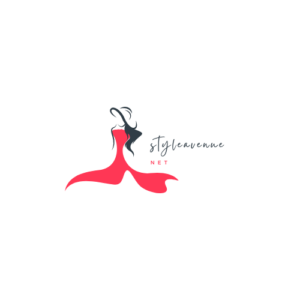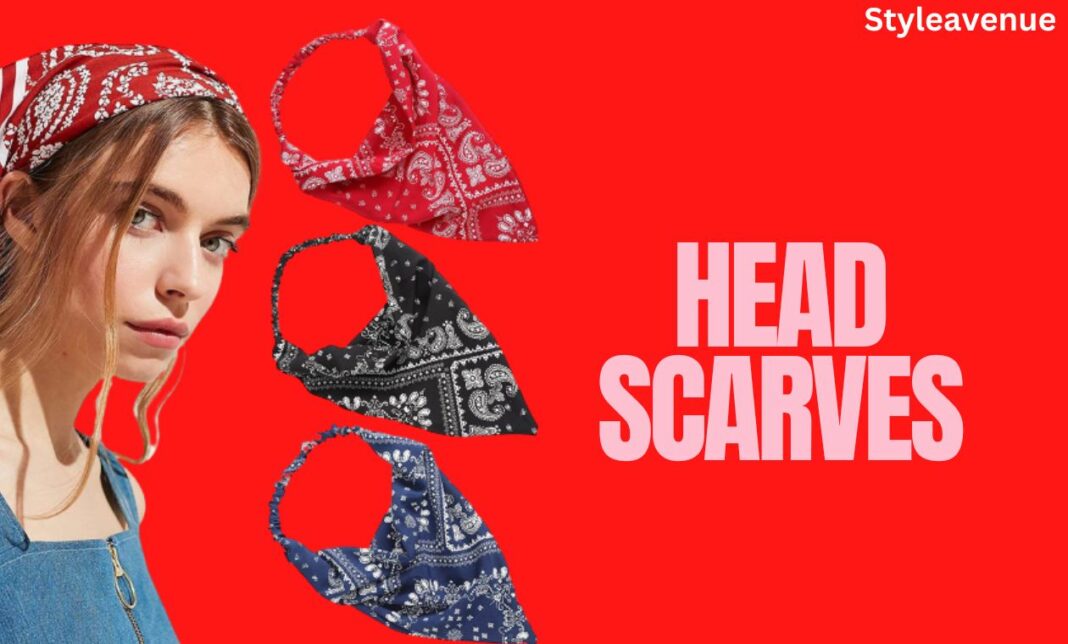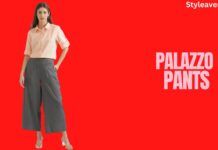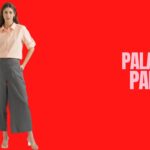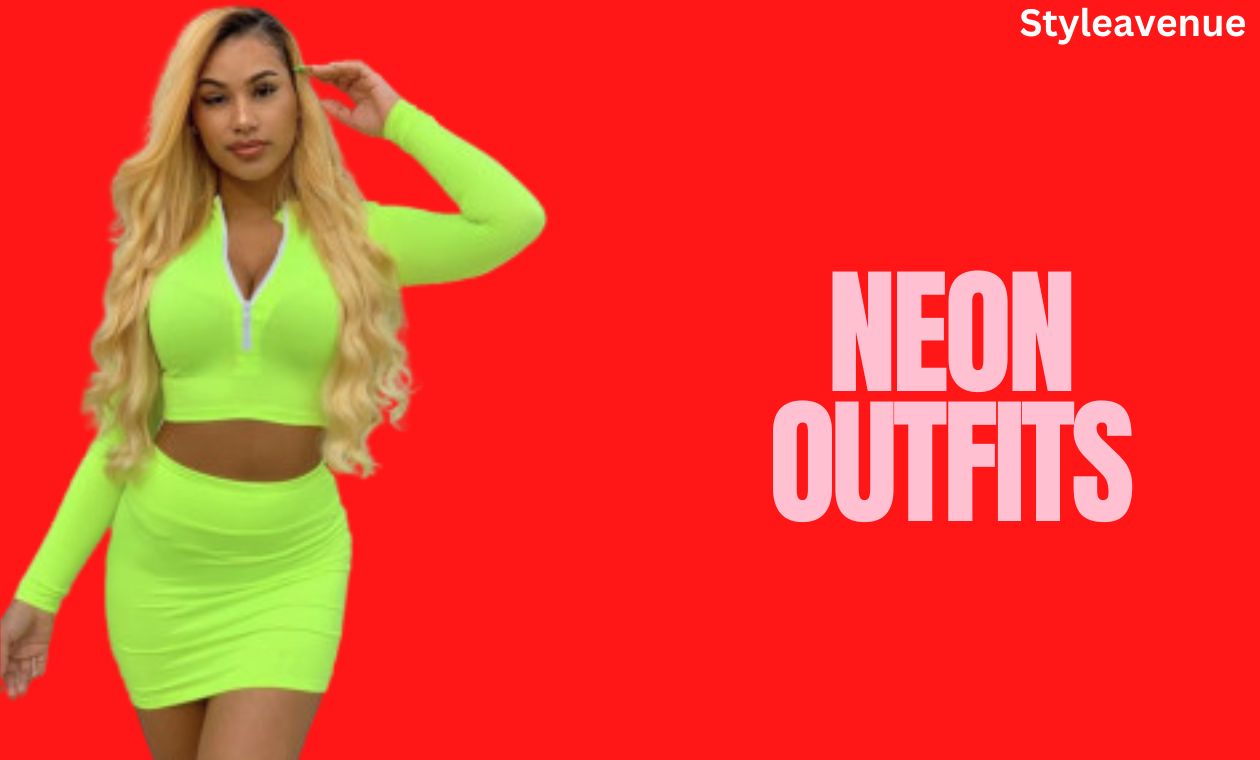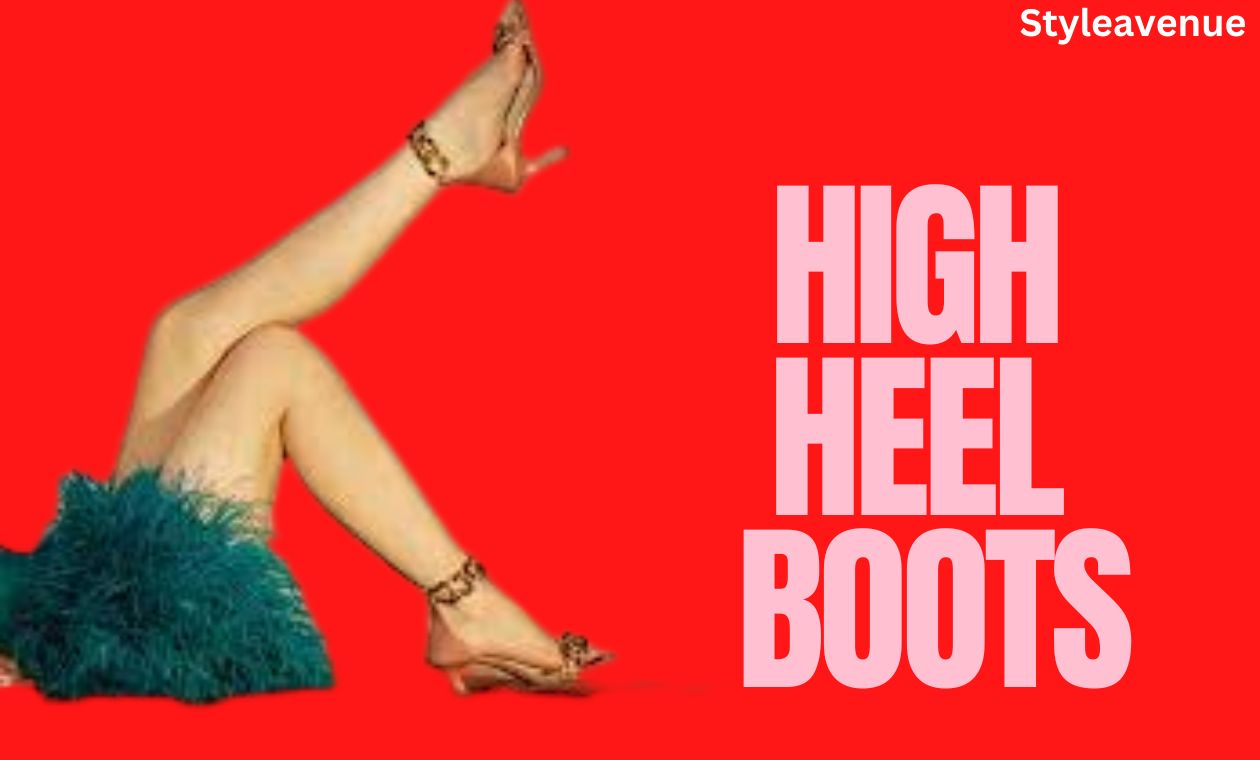Head scarves have captivated fashion enthusiasts throughout history with their timeless charm and versatility. These stylish accessories have stood the test of time and continue to make a fashion statement in the modern world. Whether you’re aiming for a bohemian chic look, an elegant touch, or a cultural expression, head scarves offer endless possibilities to elevate your style.
In recent years, head scarves have experienced a resurgence in popularity, gracing the runways, red carpets, and streets with their unique appeal. They have become a go-to accessory for those seeking to add a touch of glamour, individuality, and cultural significance to their outfits. With their ability to effortlessly transform an ensemble, head scarves have become a staple in fashion-forward wardrobes.
Whether you’re a seasoned fashionista looking for fresh inspiration or a newcomer curious about the art of head scarf styling, this guide will provide you with the knowledge and inspiration to embrace the versatility and charm of head scarves. Get ready to unlock the endless possibilities and elevate your style game with this captivating accessory.
How to Wear a Head Scarf?
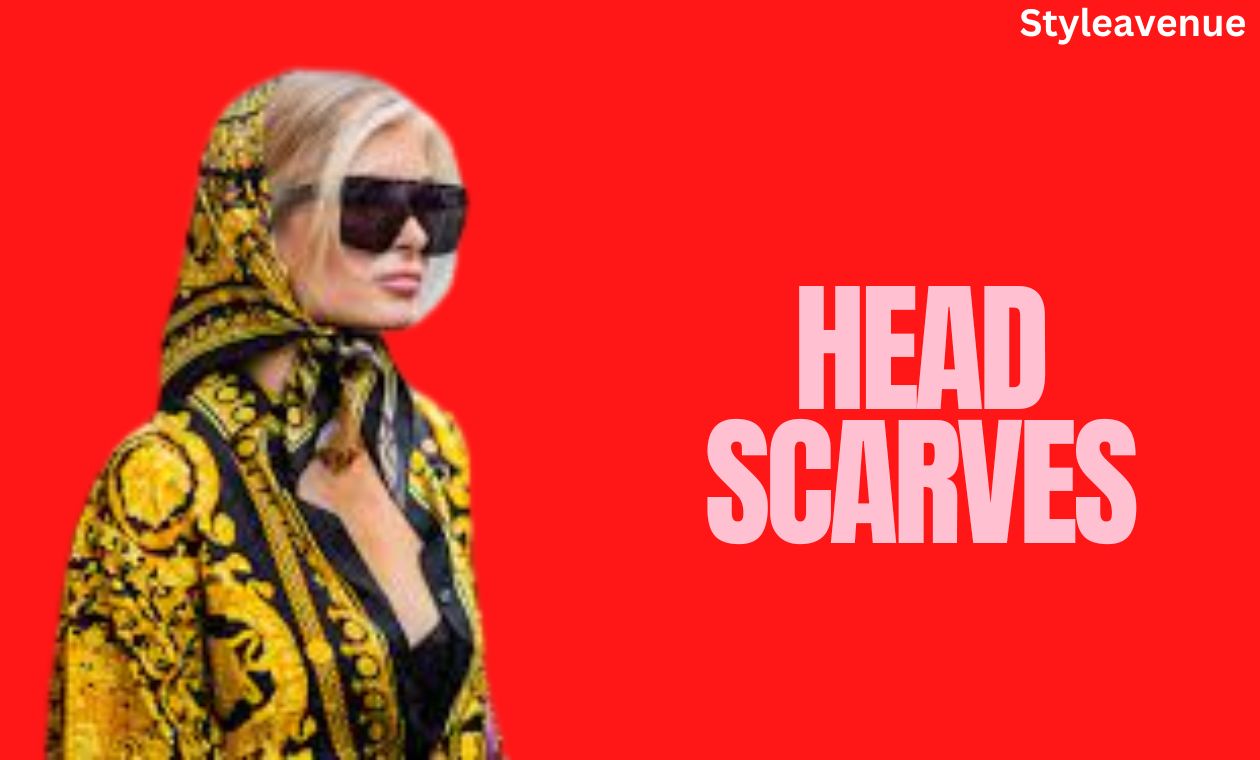
Wearing a head scarf is an art that allows you to express your personal style and add a touch of elegance to any outfit. With a multitude of tying techniques to choose from, you can create a variety of looks, from casual and bohemian to sophisticated and chic. Here is a step-by-step guide to help you master the art of tying a head scarf:
- Choose the Right Head Scarf: Start by selecting a head scarf that complements your outfit and suits the occasion. Consider the fabric, color, and pattern to ensure a cohesive look.
- Prep Your Hair: Before tying the head scarf, style your hair as desired. You can leave it loose, create a sleek bun, or opt for a ponytail, depending on the look you want to achieve.
- Fold the Head Scarf: Fold the head scarf into a desired width, depending on the style you wish to create. For a narrow band, fold it lengthwise, and for a wider band, fold it widthwise.
- Place the Head Scarf: Position the center of the folded scarf at the nape of your neck, allowing the ends to hang down in front of your shoulders.
- Wrap Around Your Head: Bring the ends of the head scarf up around the sides of your head, crossing them at the top or letting them hang loose.
- Tie a Knot: Once the ends have been brought up and crossed, tie them into a knot at the crown of your head. You can create a single knot or double knot, depending on the desired look and security.
- Adjust and Style: Gently adjust the head scarf to ensure a comfortable fit and desired placement. You can leave the knot at the top, tuck it under the folds, or position it to the side for a more asymmetrical look.
- Finishing Touches: If there are any loose ends or excess fabric, you can tuck them in or let them drape down, depending on your preference. Use a mirror to check the overall appearance and make any necessary adjustments.
Now that you have the basic steps down, you can experiment with different tying techniques to achieve various styles. Some popular options include the classic knot, where the knot is placed at the center of the forehead, the turban style, which involves wrapping the scarf around your head multiple times, and the head wrap, which creates a bold and voluminous look by twisting and wrapping the scarf.
Remember, practice makes perfect when it comes to tying a head scarf. Experiment with different fabrics, colors, and patterns to discover the styles that suit you best. Embrace your creativity and enjoy the process of transforming your outfits with this versatile accessory.
Exploring Different Styles of Head Scarves
Silk head scarves exude an air of sophistication and elegance, making them a perfect choice for various occasions. The smooth and lustrous texture of silk adds a touch of luxury to any outfit, whether it’s a casual day out or a formal evening affair. Here, we delve into the beauty and versatility of silk head scarves:
- Casual Chic: Silk head scarves can effortlessly elevate a casual ensemble. Tie a silk scarf around your head in a classic knot style, allowing the ends to cascade down your shoulders. This adds a chic and playful touch to your everyday look, whether you’re running errands or meeting friends for brunch.
- Sophisticated Glamour: For formal occasions, silk head scarves exude an aura of refined elegance. Drape a silk scarf over your head and let it cascade down your back, creating a regal and graceful look. Pair it with a sleek updo or let your hair flow freely for a touch of romance.
- Versatile Styling: Silk head scarves can be styled in numerous ways, allowing you to showcase your creativity. Try tying it as a headband, creating a retro-inspired look that adds a pop of color and style to your outfit. Alternatively, wrap it around your neck for a chic and polished accessory.
The turban head scarf has a rich history and holds cultural significance in various parts of the world. This style not only adds a unique touch to your outfit but also celebrates diversity and cultural heritage. Here, we explore the allure of turban head scarves:
- Cultural Heritage: Turban head scarves have been worn by different cultures throughout history. From the vibrant turbans of South Asia to the elegant turbans of North Africa, each style carries its own significance and symbolism. Embrace the beauty of cultural diversity by incorporating a turban head scarf into your wardrobe.
- Effortless Style: Turban head scarves effortlessly elevate your look with a sense of sophistication and confidence. Achieving a turban look is easier than it may seem. Simply wrap the scarf around your head, ensuring it covers your hair, and twist or tuck the ends to secure them. This style not only adds volume and height but also adds a fashion-forward statement to your ensemble.
- Modern Interpretations: Today, turban head scarves have evolved to incorporate modern influences and styles. Experiment with different fabrics, patterns, and textures to create a unique and contemporary turban look. Consider embellishments, such as brooches or decorative pins, to add a personalized touch.
Printed head scarves are a fantastic way to infuse personality and playfulness into your outfits. Whether you prefer bold and vibrant patterns or delicate and intricate florals, printed head scarves offer endless styling possibilities. Here, we explore the charm of printed head scarves:
- Statement-making Prints: Opt for head scarves with eye-catching prints and patterns to make a bold statement. Animal prints, geometric designs, and abstract motifs can instantly elevate your look and add a touch of modernity. Pair a printed head scarf with neutral-colored clothing to let the scarf take center stage.
- Delicate Florals: For a softer and more feminine touch, choose head scarves adorned with delicate floral patterns. These scarves bring a sense of romance and whimsy to your ensemble, making them perfect for spring and summer. Tie a floral head scarf as a headband or wrap it around your ponytail for a charming and bohemian look.
- Mixing and Matching: Don’t be afraid to mix and match prints and patterns. Experiment with different combinations, such as pairing a striped head scarf with a polka dot dress or layering a floral scarf over a plaid shirt. Mixing prints adds a playful and eclectic vibe to your outfit, showcasing your unique sense of style.
Printed head scarves allow you to express your creativity and create visually captivating looks. Embrace the world of prints and patterns, and let your head scarf become a canvas for self-expression and fashion-forward styling.
Tying a Head Scarf for Different Occasions
Head scarves are not limited to special occasions; they can be effortlessly incorporated into your everyday outfits for a touch of casual chic. Here, we provide you with easy and quick head scarf-tying ideas that can elevate your everyday style:
- Classic Knot: The classic knot style is perfect for a relaxed yet stylish look. Simply fold the head scarf into a triangle, place it on your head with the point facing forward, and tie the two ends into a knot at the nape of your neck. This style works well with both loose and tied-up hairstyles.
- Headband Style: Add a pop of color and pattern to your outfit by tying a head scarf as a headband. Fold the scarf into a thin strip, wrap it around your head, and tie it at the side or back. This style keeps your hair away from your face while adding a playful and youthful vibe to your look.
- Bohemian Wrap: Achieve a bohemian-inspired look by wrapping a head scarf around your head, starting from the back and bringing the ends forward. Tie the ends into a loose knot or bow at the front, allowing the excess fabric to drape down your shoulders. This style exudes a carefree and effortless charm.
Head scarves can also be styled in glamorous and sophisticated ways, making them suitable for formal events, weddings, and parties. Consider the following head scarf styles to add a touch of elegance to your special occasions:
- Turban-Inspired Wrap: Create a turban-inspired look by wrapping a head scarf around your head, starting at the nape of your neck and working your way up. Twist the ends together at the front and tuck them under the wrapped fabric for a polished and glamorous appearance. This style works well with both long and short hair.
- Vintage-Inspired Knot: Channel old Hollywood glamour with a vintage-inspired head scarf knot. Fold the scarf into a triangle, place it on your head with the point facing forward, and tie the two ends into a tight knot at the center of your forehead. Let the ends drape down your back for a sophisticated and timeless look.
- Graceful Head Wrap: For a graceful and ethereal look, wrap a long and lightweight head scarf around your head, starting from the back and crossing the ends at the front. Bring the ends to the back again, tie them into a knot or bow, and let the excess fabric flow down your back. This style adds an element of elegance and femininity to any formal attire.
When choosing head scarves for special events, opt for materials like silk, chiffon, or satin, as they lend a touch of luxury and sophistication. Consider embellished head scarves with delicate beads, sequins, or lace to elevate your look and add a hint of glamour.
Materials Used for Head Scarves
When it comes to head scarves, the choice of fabric plays a significant role in determining their overall look, feel, and functionality. Different materials offer distinct textures, drapes, and levels of breathability, allowing individuals to express their personal style while enjoying comfort. Let’s take a closer look at some commonly used materials for head scarves and discover their unique characteristics and benefits.
Luxurious Silk
Silk is renowned for its unparalleled elegance and smooth texture. It is a highly sought-after material for head scarves due to its natural sheen and ability to drape gracefully. Silk head scarves not only exude sophistication but also provide a gentle touch against the skin. They are perfect for adding a touch of luxury to both casual and formal ensembles.
Airy Chiffon
Chiffon is a lightweight and sheer fabric that lends an ethereal and romantic vibe to head scarves. Its delicate and flowy nature allows for effortless draping and movement. Chiffon head scarves are ideal for creating a whimsical and feminine look, especially during warmer seasons. They offer breathability and can add a touch of elegance to any outfit.
Soft Cotton
Cotton is a versatile and widely used fabric for head scarves. It is known for its breathability, durability, and comfort. Cotton head scarves are perfect for everyday wear, providing a soft and gentle feel against the skin. They are available in a wide range of colors and patterns, making it easy to find a cotton head scarf that complements your personal style.
Lustrous Satin
Satin is a fabric known for its smooth and shiny surface. It adds a touch of glamour and sophistication to head scarves, making them suitable for special occasions and formal events. Satin head scarves offer a luxurious look and feel, effortlessly elevating any outfit. They also provide a gentle and comfortable fit, allowing you to wear them for extended periods.
Lightweight Polyester
Polyester is a versatile and affordable fabric that offers durability and ease of care. It is often used in head scarves for its lightweight and wrinkle-resistant properties. Polyester head scarves can be found in various prints, colors, and textures, allowing for a wide range of styling options. They are particularly popular for their affordability and versatility.
Each of these materials offers its own unique benefits, allowing you to choose the one that aligns with your preferences and needs. Whether you prioritize elegance, comfort, breathability, or versatility, there is a head scarf fabric that will suit your individual style and enhance your overall look.
Remember to consider the occasion, weather, and your personal comfort when selecting the material for your head scarf. With a wide array of materials available, you can embrace the beauty and versatility of head scarves while enjoying the delightful characteristics of each fabric.
Accessorizing with Head Scarves
Head scarves not only serve as a fashion accessory on their own, but they also provide a versatile canvas for further customization and personalization. By accessorizing with head scarves, you can elevate your look and add a unique touch to your overall style. Let’s explore some innovative ways to accessorize head scarves and discover how they can enhance your fashion statement.
Adorn with Brooches or Pins
Add a touch of elegance and sparkle to your head scarf by accessorizing with brooches or pins. Choose decorative pieces that complement your outfit and secure them onto the head scarf, either at the knot or along the draped fabric. Brooches and pins can instantly transform a simple head scarf into a statement accessory, allowing you to express your personal style and create a captivating look.
Embrace Hair Clips and Headbands
Incorporate hair clips or headbands into your head scarf styling to create a dynamic and eye-catching combination. Use hair clips with decorative elements, such as flowers, pearls, or crystals, to secure the head scarf in place and add visual interest. Alternatively, pair a headband with a head scarf by placing it on top or wrapping it around the base of the headscarf, creating a chic and polished look.
Experiment with Hairstyles and Updos
Take your head scarf styling to the next level by incorporating it into various hairstyles and updos. For a bohemian-inspired look, try wrapping the head scarf around a loose braid or incorporating it into a messy bun. You can also create a retro vibe by tying a head scarf in a bow around a high ponytail or using it as a hairband for a sleek updo. Experiment with different hairstyles and find creative ways to integrate the head scarf seamlessly into your hair.
Mix and Match Patterns and Textures
Don’t be afraid to play with patterns and textures when accessorizing with head scarves. Mix and match different prints, such as floral, stripes, or geometric designs, to create a visually intriguing ensemble. Consider combining a silky head scarf with a chunky knit sweater or a lightweight chiffon head scarf with a denim jacket. By juxtaposing different textures and patterns, you can achieve a unique and eclectic style that showcases your individuality.
Layer with Other Accessories
To further enhance your head scarf look, layer it with other accessories. Combine it with statement earrings, sunglasses, or layered necklaces to create a visually striking ensemble. The key is to strike a balance between the various accessories, ensuring they complement each other without overpowering the head scarf. Experiment with different combinations to find the perfect balance that reflects your personal style.
Accessorizing with head scarves offers endless possibilities for expressing your creativity and adding flair to your outfits. Whether you prefer a subtle and refined look or a bold and vibrant statement, incorporating brooches, hair clips, headbands, and other accessories can transform a simple head scarf into a fashion-forward accessory that reflects your unique style. Let your imagination run wild and experiment with different combinations to discover the accessorizing techniques that resonate with you.
Maintenance and Care for Head Scarves
Head scarves, like any other fashion accessory, require proper care and maintenance to retain their beauty and extend their lifespan. By following some simple guidelines, you can ensure that your head scarves remain in excellent condition and continue to enhance your style for years to come. Let’s explore some practical tips for caring for your head scarves.
Read and Follow Care Instructions
Before cleaning your head scarf, always check the care label or instructions provided by the manufacturer. Different materials may have specific cleaning requirements, so it’s essential to follow the recommended care instructions to avoid damaging the fabric. Some head scarves may be machine washable, while others may require hand washing or dry cleaning. Pay attention to any temperature or detergent restrictions mentioned on the label.
Hand Washing
If your head scarf is made of delicate materials such as silk or chiffon, it’s generally recommended to hand wash them. Fill a basin or sink with lukewarm water and add a mild detergent specifically formulated for delicate fabrics. Gently swirl the head scarf in the soapy water for a few minutes, taking care not to agitate or rub it vigorously. Rinse thoroughly with cool water to remove any soap residue.
Machine Washing
For head scarves made of sturdier materials like cotton or polyester, machine washing may be suitable. Place the head scarf in a mesh laundry bag to protect it from tangling or getting caught in the machine’s agitator. Use a gentle cycle with cool water and mild detergent. Avoid using bleach or harsh chemicals that may damage the fabric. Once the cycle is complete, remove the head scarf promptly and reshape it if necessary.
Drying
After washing, gently squeeze out excess water from the head scarf. Avoid wringing or twisting the fabric, as this can cause stretching or damage. Lay the head scarf flat on a clean, dry towel and roll it up to absorb excess moisture. Then, carefully unroll the towel and reshape the head scarf to its original form. Place it on a drying rack or lay it flat on a clean surface away from direct sunlight or heat sources to air dry.
Ironing
To remove any wrinkles or creases, iron your head scarf using the appropriate temperature setting for the fabric. Use a low to medium heat setting and place a thin cotton cloth or pressing cloth between the iron and the head scarf to protect the fabric. Gently glide the iron over the scarf, applying light pressure. Take care not to leave the iron in one spot for too long, as this can cause damage. If your head scarf has delicate embellishments or prints, iron the reverse side to avoid any potential damage.
Storing
Proper storage is crucial to maintain the shape and condition of your head scarves. After they are completely dry, fold them neatly and store them in a clean and dry drawer or storage box. If you have limited space, you can also hang them on scarf hangers or use a dedicated scarf organizer. Avoid hanging head scarves on sharp hooks or hangers that may cause snags or damage. It’s best to store each head scarf separately to prevent them from getting tangled or creased.
Handling and Care
When handling your head scarf, avoid sharp jewelry or accessories that may snag the fabric. Be cautious when using hairpins or clips, ensuring they don’t pull or tear the fabric. If your headscarf has delicate embellishments, such as beads or sequins, handle it with extra care to prevent any damage. It’s also advisable to remove your head scarf before engaging in activities that may cause excessive sweating or staining, such as vigorous exercise or cooking with oil.
By following these maintenance and care tips, you can extend the life of your head scarves and keep them looking beautiful. Remember to always refer to the specific care instructions provided by the manufacturer for your particular head scarf. With proper care, your head scarves will continue to enhance your style and add a touch of elegance to your outfits for many occasions to come.
In Crux
Head scarves are a fashion accessory that offers endless possibilities for self-expression and style. Throughout history and across cultures, head scarves have held significant meaning, from practical protection to cultural identity and fashion statements. In this journey exploring head scarves, we have discovered their timeless charm, various styles, tying techniques, materials, and care tips. Now, it’s time to embrace your style and unleash the versatility of head scarves.
Whether you prefer a classic knot, a sophisticated turban, or a playful printed design, head scarves allow you to showcase your unique personality and elevate your outfits. They can effortlessly transition from casual and everyday wear to glamorous and formal occasions. With the right choice of material, pattern, and styling, head scarves can become an extension of your personal flair and a powerful fashion statement.
Don’t be afraid to experiment and explore different head scarf styles, tying techniques, and accessory combinations. Let your creativity shine as you mix and match head scarves with different outfits, hairstyles, and occasions. Consider the seasons, the colors that complement your skin tone, and the overall aesthetic you want to achieve. With each new styling endeavor, you will uncover new dimensions of your style and discover the endless versatility of head scarves.
Furthermore, head scarves have a universal appeal that transcends cultural boundaries. They provide an opportunity to appreciate and celebrate diversity by exploring head scarf styles and tying techniques specific to various cultural backgrounds. By embracing and incorporating head scarves into your fashion repertoire, you can pay homage to different traditions and foster a sense of cultural appreciation and understanding.
In conclusion, head scarves are a timeless accessory that offers limitless possibilities for self-expression, style, and cultural appreciation. They can be worn in countless ways, reflecting your unique personality and enhancing your overall look. With their versatility and beauty, head scarves have the power to transform any outfit and make a bold fashion statement. So, embrace your style, experiment with different head scarf styles, and let your inner fashionista shine. Unleash the charm and versatility of head scarves, and elevate your fashion game with this timeless accessory.
How much did you like Our detailed The Ultimate Guide to Head Scarves, please share these Blogs with your friends on social media.
Recommended
How do I choose the right size of a head scarf?
The size of a head scarf depends on personal preference and the desired style. Smaller scarves are suitable for intricate tying styles, while larger scarves provide more coverage and versatility.
Can I wear a head scarf for formal events?
Absolutely! Head scarves can be styled elegantly for formal events by choosing luxurious materials like silk or satin and opting for sophisticated tying techniques such as a turban or a chic knot.
How do I incorporate a head scarf into my daily outfits without it looking out of place?
To incorporate a head scarf into your daily outfits, choose colors and patterns that complement your wardrobe. Consider tying it in a way that coordinates with your hairstyle or adds a pop of color to your ensemble.
Are there specific head scarf styles that suit different face shapes?
While there are no strict rules, certain tying styles may complement different face shapes. For example, those with a round face shape might opt for a turban to create height, while individuals with an oval face shape can experiment with various styles.
How do I care for and maintain my head scarf?
The care instructions for head scarves depend on the material. It's generally recommended to follow the washing and storage instructions provided on the scarf's label or consult the manufacturer's guidelines for the specific fabric.
Can I wear a head scarf to protect my hair while sleeping?
Yes, head scarves can be used to protect your hair while sleeping. Silk or satin head scarves are particularly beneficial as they help reduce friction and prevent hair breakage.
Are there tutorials available for different head scarf-tying techniques?
Yes, there are numerous tutorials available online that demonstrate various head scarf tying techniques. These tutorials provide step-by-step instructions and visual guides to help you achieve different styles.
What are some popular head scarf trends?
Currently, head scarves with vibrant prints, floral patterns, and bold colors are popular trends. Additionally, vintage-inspired styles and the use of unique accessories, such as decorative pins or brooches, are also on-trend.
Can I customize my head scarf by adding embellishments?
Absolutely! Adding embellishments to your head scarf, such as decorative pins, brooches, or even silk flowers, can enhance its visual appeal and allow you to personalize your style.
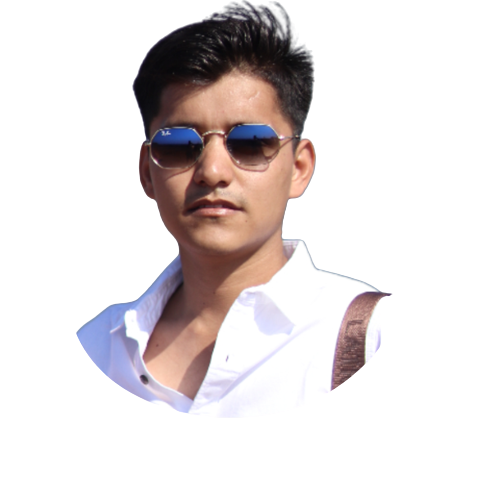
Meet Sandeep Singh, a passionate and creative mind immersed in the world of fashion and style. With a keen eye for trends and an innate ability to translate them into captivating words,
